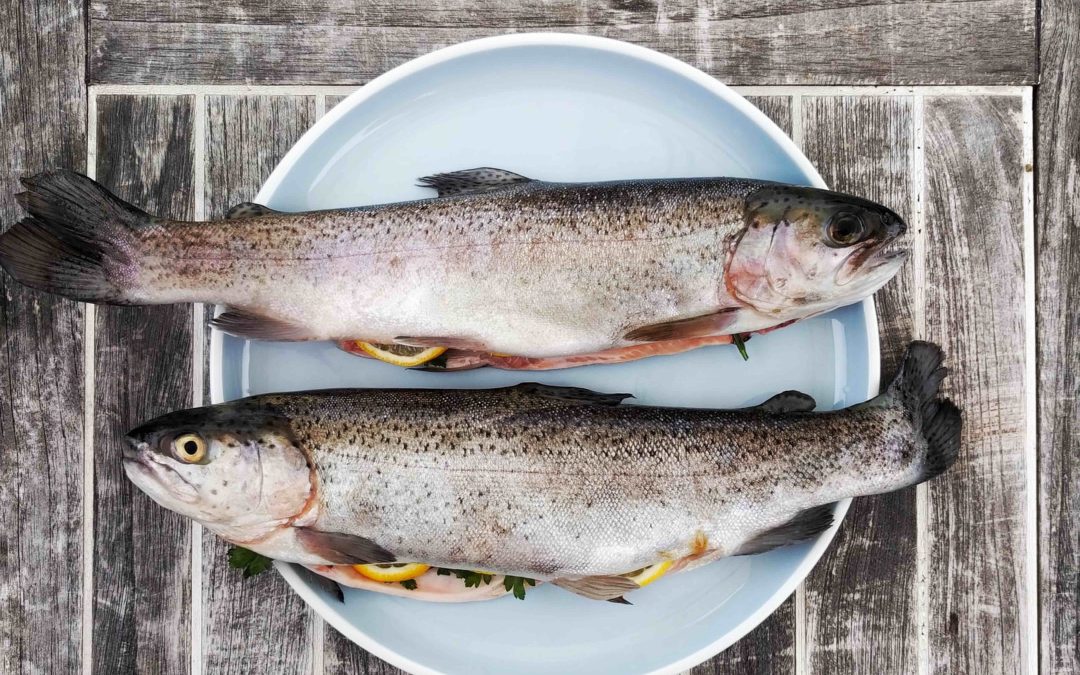Seafaring Slavery aboard Chinese fishing vessels in the Indo-Pacific
“Video footage went viral in May showing bodies of dead Indonesian fishermen thrown overboard from Chinese fishing vessels. Specifically from Long Xing 629, a high-sea boat of the Dalian Ocean Fishing Company. Between December 2019 and April 2020, four crew members for this company died at sea. Said from an ‘unidentified illness’. But reports from surviving crew tell of slavery-like conditions leading to these deaths.
The May incident was just the beginning of a string of reports that emerged during the course of the year. With further accounts of torture, death and mistreatment aboard vessels like Long Xing 629 operating throughout the Indo-Pacific and beyond. Over the course of the year, separate incidents of alleged forced labour, trafficking, disappearances and killings aboard Chinese fishing vessels around the region instigated an array of political and social responses. From intergovernmental accusations, recruiter charges, vessel seizures, bi-lateral investigations and media coverage. The mounting reports even pushed Chinese fish products into America’s 2020 ‘List of Goods Produced by Child Labor or Forced Labor’.” Read the full article here.
–
Modern Slavery in the Fishing Industry
The estimated number of people currently trapped in modern slavery is 40.3 million people. Just let that sink in… 40.3 MILLION people. The total population of Australia is about 25.7 million people. According to the Global Slavery Index, of these 40.3 million people enduring modern slavery, 24.9 million of them are being used for forced labour. This category also includes slavery in the fishing industry.
Workers who are experiencing modern slavery in the fishing industry are often overworked. They are underfed, and confined to the fishing vessel. Also they are physically and mentally abused, denied payment, and denied access to their official documents. This makes escaping the fishing vessel very difficult and dangerous. This documentary, Drugged, Kidnapped and Enslaved at Sea, tells the jarring story of Asorasak Thamma who was kidnapped and enslaved on a fishing boat. You can also read a first hand account from SBS on a fishing slave in Cambodia here.
“On one occasion, he says he saw a man decapitated, his body thrown into the sea.“
–
Effects of Covid-19
Covid-19 has made the risk of being enslaved much more of a threat than before the pandemic. Because unemployment is on the rise and individuals not being able to provide for their family. So people are looking elsewhere for jobs. More people are turning to work outside of their country where wages may be better. But they run the risk of being lured to jobs where modern slavery is present. Individuals already on board fishing vessels where modern slavery is occurring are experiencing even worse conditions due to Covid-19. As we learned from the initial article:
“It’s becoming clearer that the Covid-19 pandemic has made exploitation at sea easier as fishers are forced to travel further and for longer periods as a result of economic uncertainties. Fewer checks and docking, due to tighter border controls, have prevented workers from exercising their rights. Rights like adequate breaks, and ability to exit their contract or escape from dangerous situations. Migrant workers aboard ships face exclusion from Covid-19 support provided by their home government. And they face added pressure from their families relying on their incomes more than usual”.
So this horrific situation is happening on our doorstep and it makes a way onto our plates…..
–
Where Does Australia Get its Seafood?
Surprisingly, Australia imports about 70% of its seafood from Asia.
Even though Australia produces about 230,000 tonnes of seafood per year. This is quite incredible!
Most of the seafood Australia does produce is exported to foreign markets. These exports are dominated by high-value products. For example, rock lobster, premium tuna species, and abalone which brings in about $1.2 billion annually.
The seafood that is imported usually consists of lower value products like canned fish and frozen fillets. By looking at the figures from the Australian Government’s Department of Agriculture report on Australia’s Seafood Trade, as of 2012, China is the biggest contributor to the fishing industry. Australia only makes up 0.2% of wild capture fisheries production and 0.1% of aquaculture production.
–
Ways you can Support Slave-Free Fishing
Knowing slavery still exist today in our seafood industry, you might be wondering: “How can I as an individual not support businesses and companies who use slave labour?”
Here are some ways you can do your part to support slave-free fishing:
- The organisation Be Slavery Free has done most of the work for you in terms of buying slavery-free seafood from the grocery store. This organisation has done extensive research into creating a supermarket seafood shopping guide for Aldi, Coles, IGA, and Woolworths supermarkets. This guide provides information on labels to look for on seafood, modern slavery statements from these supermarkets, certifications, and much more.
- Learn where your seafood comes from and the regulations toward the use of slave labour in that particular country. Before unknowingly and unwillingly supporting a company that uses slave labour. Do some research to know which companies and brands to support.
- Educate others about modern slavery in the fishing industry. So many people don’t realise where their food comes from and who is harvesting it. By becoming more aware of the food you are buying and the issues surrounding that industry, you can educate yourself on the issues surrounding that particular industry and decide who you want to support.
–
Written by: Ashley Clisby | Feb 18, 2021 | Freedom Hub Volunteer
–
Read our previous article on this topic here.
–
Join our Community
The Freedom Hub exists to end slavery and help victims recover from this crime. We are always looking for people who want to join our voice in raising awareness, helping the survivors in our care recover, and partner in this cause.
If you would like to volunteer with us in your local are, contact us here.
Or if you would like to get our monthly update on all the work we do with survivors of slavery, opt-in here.
If you would like to support a survivor of slavery and our work, donate here. (tax-deductible)
SO THANK YOU FOR TAKING THE TIME TO READ OUR BLOG XX (Please review it or share it with others)

